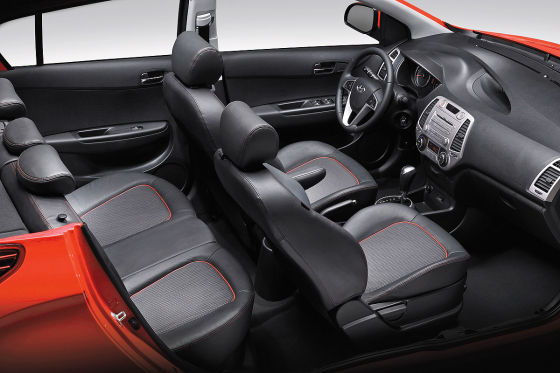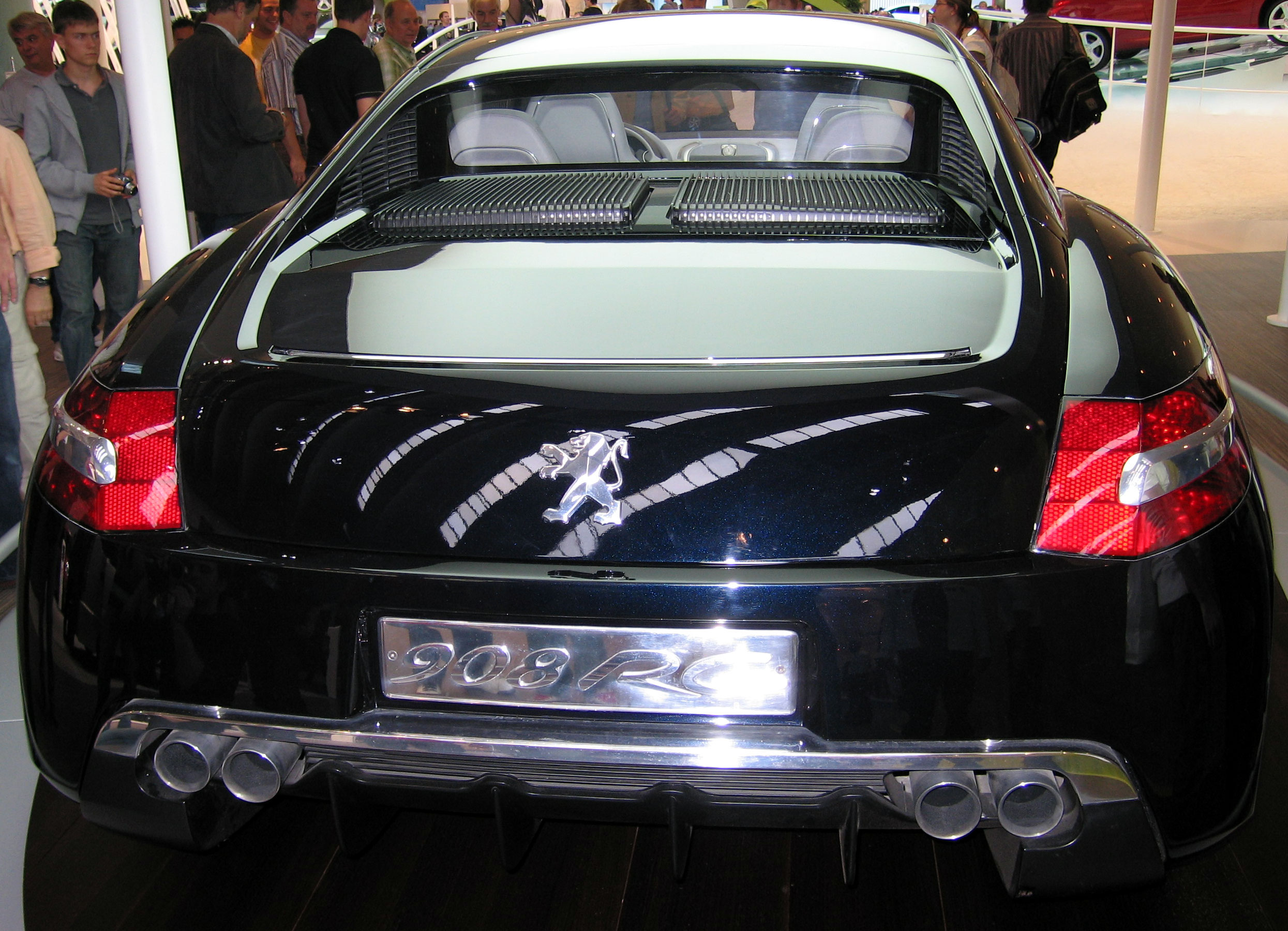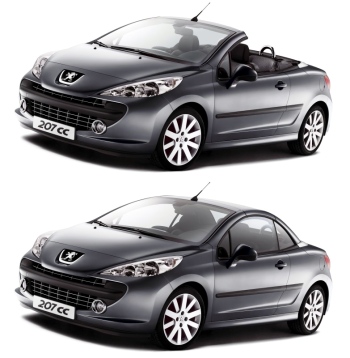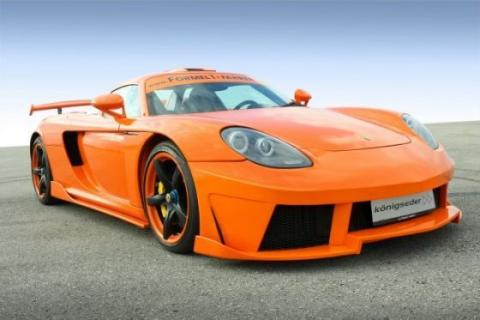Hyundai has quite a few engines which it could bring to India as well. There is a 1.2L, 78bhp engine that powers the i10 Kappa too and has proven itself as an eager performer. A 1.4L, 100bhp engine is also on cards but we doubt it will see the light of day in India. A 1.4L common rail diesel engine is speculated. Hyundai could bring in the 1.4L diesel in both 75bhp as well as 90bhp options, just to keep the performance freaks happy
 So, the Hyundai i20 finally meets the eye in actual form, and let me share a little secret with you. There is a little of MG and Merc splashed on it. Find my words hard to digest? Check out the bonnet and you will know what I mean. There is an ‘elephant’s-trunk-sort-of-kink’ running vertically towards the grille section. Two cars, namely MG SV-R concept and Mercedes-Benz SLK instantly started ringing bells in my head the moment I saw the i20. Nonetheless, this compact from Hyundai does look quite appealing. We were hoping for it not to be just a larger version of i10, and we are glad to say that it is not.
So, the Hyundai i20 finally meets the eye in actual form, and let me share a little secret with you. There is a little of MG and Merc splashed on it. Find my words hard to digest? Check out the bonnet and you will know what I mean. There is an ‘elephant’s-trunk-sort-of-kink’ running vertically towards the grille section. Two cars, namely MG SV-R concept and Mercedes-Benz SLK instantly started ringing bells in my head the moment I saw the i20. Nonetheless, this compact from Hyundai does look quite appealing. We were hoping for it not to be just a larger version of i10, and we are glad to say that it is not. The Hyundai i20 is quite a big car for small-car segment. It is longer and wider than the Getz and sports a wheelbase of 2525mm that should make it one of the roomiest cars in the segment, rivalling even a few mid-segment cars. The interior also looks classy and generously appointed. The equipment list is comprehensive. Items like climate-control unit, 2-DIN four speaker MP3 audio system, multi-function steering wheel, tyre pressure monitoring system, height adjustable driver seat and keyless entry populate the car’s handbook pages and brochures. The 40:60 split folding rear seat and boot capacity of nearly 300-litre would enhance the practicality quotient of i20. There’re a lot of storage spaces inside the cabin and the passenger glovebox comes with a cooler dedicated to it..
The Hyundai i20 is quite a big car for small-car segment. It is longer and wider than the Getz and sports a wheelbase of 2525mm that should make it one of the roomiest cars in the segment, rivalling even a few mid-segment cars. The interior also looks classy and generously appointed. The equipment list is comprehensive. Items like climate-control unit, 2-DIN four speaker MP3 audio system, multi-function steering wheel, tyre pressure monitoring system, height adjustable driver seat and keyless entry populate the car’s handbook pages and brochures. The 40:60 split folding rear seat and boot capacity of nearly 300-litre would enhance the practicality quotient of i20. There’re a lot of storage spaces inside the cabin and the passenger glovebox comes with a cooler dedicated to it..The Hyundai i20 comes with dynamic styling and therefore it is only right that the car rides on a new platform that can deliver an athletic and responsive driving experience. The pinion steering setup and the new rack contribute to the taut and alert ride and can deliver quick and accurate response for urban agility. The i20 debuts with seven diesel and petrol engines. They give great performance, enhanced economy for good savings and lower emissions.
 The Hyundai i20 review has applauded the design and style of the car and this design comes from Hyundai’s European headquarters in Russelsheim in Germany. The car is a five-door machine with an extended 2525mm wheel base, which truly gives way to spacious interiors and for distinctive design. You will find a bold chrome-topped grille edged by the teardrop headlamps in the front and has striking rear light too. You can find the neat detailing of the bumpers with color co-ordination, wing mirrors that are perfectly matched with the exteriors, an integrated antenna for entertainment and mechanical boot release. There is also the flush mounted door handles and the standard fit 16 inch 12 spoke alloy wheels all enhance the look of the car. The Hyundai i20 comes in 10 new solid and metallic colors including the crystal white.
The Hyundai i20 review has applauded the design and style of the car and this design comes from Hyundai’s European headquarters in Russelsheim in Germany. The car is a five-door machine with an extended 2525mm wheel base, which truly gives way to spacious interiors and for distinctive design. You will find a bold chrome-topped grille edged by the teardrop headlamps in the front and has striking rear light too. You can find the neat detailing of the bumpers with color co-ordination, wing mirrors that are perfectly matched with the exteriors, an integrated antenna for entertainment and mechanical boot release. There is also the flush mounted door handles and the standard fit 16 inch 12 spoke alloy wheels all enhance the look of the car. The Hyundai i20 comes in 10 new solid and metallic colors including the crystal white.





























































